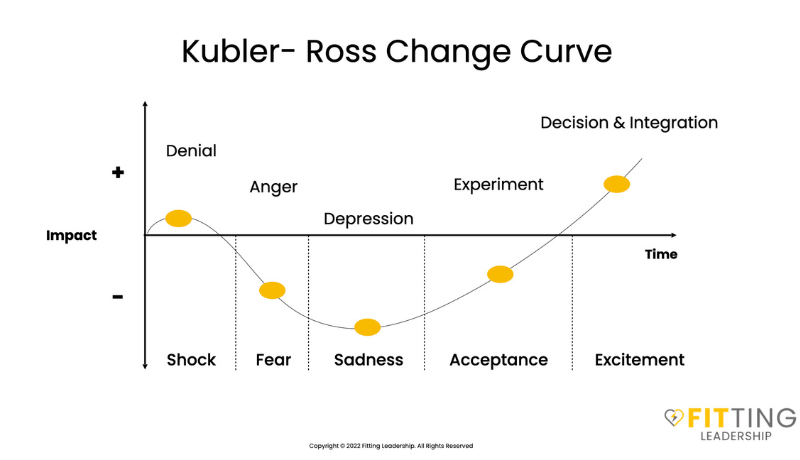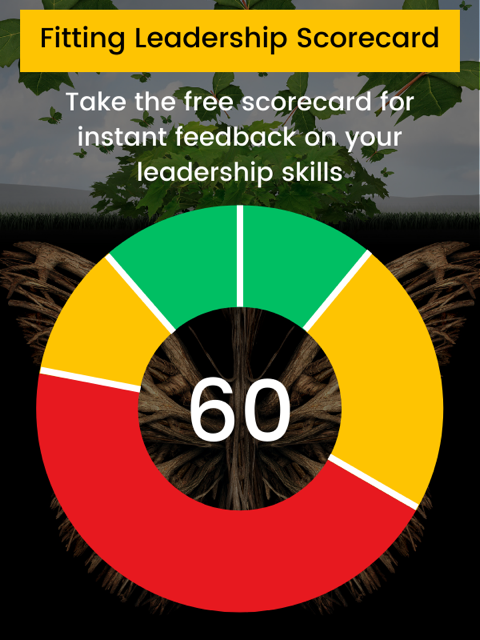How will they respond?
November 24, 2022

How do we typically respond to constructive feedback? How do others typically respond to constructive feedback? If we broadly know how we might respond and how others might respond this can help us to understand that such a respond is perfectly normal and not to be frustrated by it either in others or ourselves. Of course we never know for sure how people will respond but this model to a degree ran true from my experience.
The SARA response model sometimes has an additional H on the end and stands for the following:
Surprise/Shock. ‘This can’t be me. I’m really surprised to hear this. I didn’t see that coming, why didn’t you tell me this before’. At this point it is important to show empathy and understanding to this. It may be a bit of a shock and a surprise because they weren’t aware, but at some point you decided that it was important enough to make them aware. Listen to what they have to say rather than shutting them down. If you are receiving the feedback then feel the shock, compose yourself and try to delve into the feedback to truly understand it.
Anger. ‘You are trying to throw me under the bus. I feel really cross about this. It is very upsetting’. If you are giving the feedback continue to listen with genuine interest. Maintain your composure. This anger will pass.
Rationalisation and/or Rejection. The person will start to rationalise the feedback. They may well ask for evidence and this is entirely appropriate. Ensure your feedback has been based on clear evidence/examples. Reiterate those and have further evidence to hand. If you are receiving the feedback then ask for examples. Not in an aggressive tone but with a genuine want to understand. At this point you or the person receiving the feedback may decide to reject it. This is ultimately their choice but there may well be consequences to that.
Acceptance. ‘Ok. I can see how part of this may be true. I know what I need to do differently next time. What can I do to ensure I work it out?’ The person accepts the feedback and starts to think about what they can actually do to ensure there is a change in behaviours.
Help/Hope. ‘What will be different if I make these changes? Do you know of anybody who can help me?’ If you are receiving the feedback think if there is somebody who can help you? The individual may feel a sense of hope about being able to change something which will improve how they do things.
Some people may go through this quicker than others. You will have to judge this. Also, depending on the nature of the feedback, then it may take a shorter or longer time for the same person. In a previous article I spoken about peeling the onion when we look to understand somebody. If the feedback hits at the very core of the person’s value and identity then the response is likely to be stronger and longer. Hence it is important not to refer to them as a whole person in the feedback but to talk about specific behaviours in specific situations. I have also seen curves drawn of this model which essentially duplicate the Kubler-Ross Change curve as below. This model was originally developed with a view to how people deal with bereavement.

So, what is the link? Well, when we are receiving feedback we are losing part of who we thought we were. We are losing something. Perhaps we thought we were good at a specific thing in a specific situation. For example, perhaps we think we are good at building rapport with patients and then somebody gives us feedback about us dealing poorly with a patient. That part of us is then thrown into question. Which is why it is good to understand if this was just a one off, or if this is part of a wider pattern. We have to be as objective as we can be in how we evaluate ourselves. Not being too tough and giving ourselves a hard time but also not burying our head in the sand and noticing when we could have done something differently. We have to take a similar view when we are giving feedback to people. It is important to understand that all of us can change. Having the feedback allows us to become aware and therefore to be able to make the change.
Taking a step back and recognising these different stages can help us either in our own response or in understanding that others may be going through those stages, ultimating improving the likelihood of change occurring and the speed with which it occurs.
Sign up here
to receive actionable insights by email



Please add your comments and thoughts on the above article and engage with the broader community.